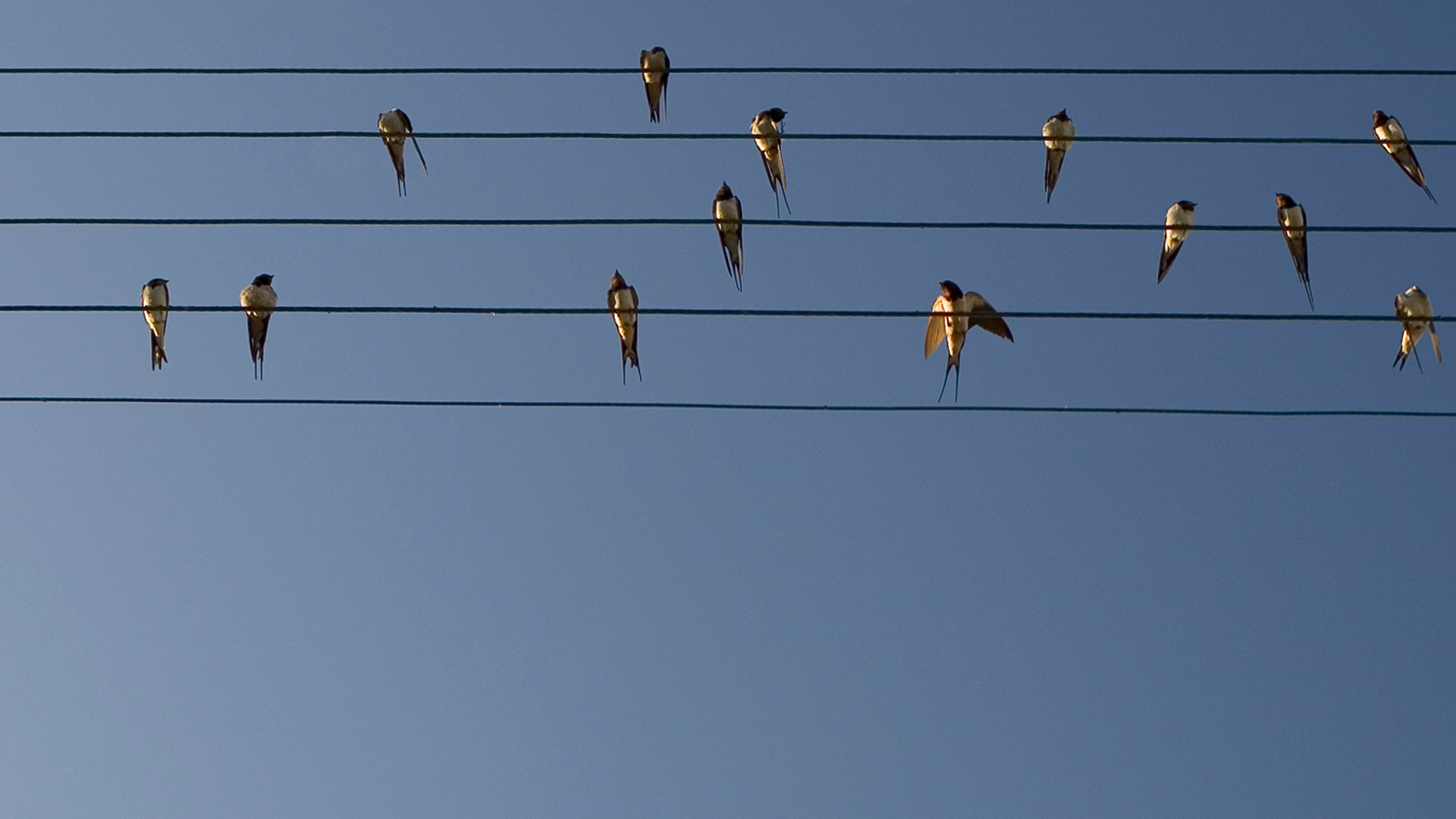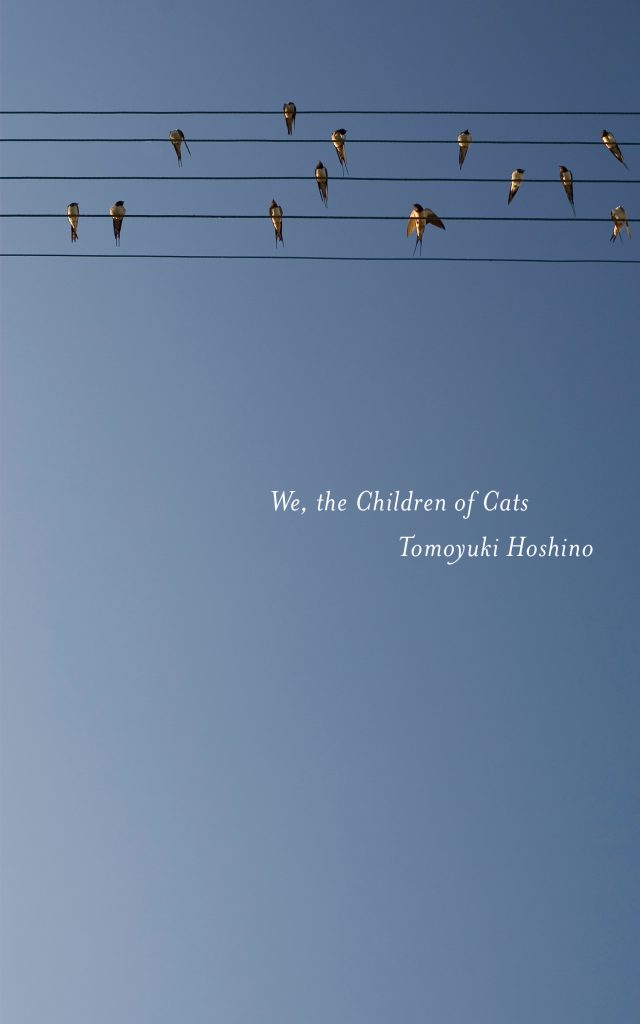by M.A.Orthofer
The Complete Review
February 21, 2013
We, the Children of Cats collects five stories and three novellas published by Tomoyuki Hoshino between 1998 and 2006; a lengthy afterword, ‘The Politics of Impossible Transformation’ by Brian Bergstrom, also provides a useful overview and introduction to the author and his work.
Several of these pieces have some basis in real, highly public and often traumatic events, from attacks on Japanese schoolchildren to the hostage-taking at the Japanese ambassador’s residence in Peru in 1996-7 (which also features in, for example, Arnong Grunberg’s Het aapje dat geluk pakt), but Hoshino is not interested in presenting documentary fiction, instead merely using these events (or variations on them) as a foundation. For Japanese readers, the resonance — echoing the familiar-from-the-news events — is no doubt unavoidable, but the stories do not rely particularly heavily on any basis in fact — and, indeed, Hoshino even goes so far as to remind readers that, as one his characters notes: “We mustn’t let facts deceive us”. Here and in the more freely imagined pieces there are also surrealistic elements, as Hoshino rarely presents a stable, easily graspable world.
The written (and, to only slightly lesser extent, the spoken) word are important for writer Hoshino, but he repeatedly suggests they must be handled with care. As is noted at one point, “Humans thrive on words and are destroyed by words.”
Opening this collection with the story ‘Paper Woman’ with its striking imagery (and tragic end) and featuring a woman who wants to become not a novel but paper itself, reinforces the sense of primacy of the written word — but also it limits — that follows. In this opening piece the protagonist is a writer named Hoshino, and while he doesn’t put himself as front and center in the others, several of them do feature writers.
Beyond that, the pieces are noteworthy for the characters’ efforts at creation — not just in writing but in other ways, including in negation. So, for example, ‘The No Fathers Club’ features both a game of “No Ball Soccer”, in which the players (and spectators) follow an entirely absent, imaginary ball, as well as a club that imagines absent fathers. In another story, a character describes the “hallucinatory penis” she finds herself with — a sort of phantom limb — and encounters a man who finds himself with an “air vagina”; their sense of identity as she describes it is one that seems to be shared by many of Hoshino’s characters: “Counterfeit but real.”
Hoshino is dealing with Japanese particulars in many of the pieces — devastatingly so, for example, with a mass-poisoning at an elementary school in ‘Sand Planet’. As a character who has moved to Peru explains in ‘Treason Diary,’ “Broken people are like fictions in Japan, everyone pretends they don’t exist, but here in Peru I can have a real existence, and when I realized that, I decided to come here.”
Many of the characters in these stories are broken in one way or another. Some try to make themselves whole, or recreate themselves — turning themselves into paper, imagining new sexual organs or people, attempting suicide, even … writing — but their efforts rarely meet with full success. Indeed, perhaps the most representative scene in the entire collection is in ‘Air’, when Hina describes, “I plunged my air penis into his air vagina.”
Even this most fundamental kind of union is here presented as complete negation: “As the two winds sounded their unbearably high-pitched notes in unison, their melting liquid bodies vaporized completely, billowing out the window into the boundless sky outside to evaporate into thin air.”
The lesson Hoshino of the opening story learns is that “novels are already meaningless, that their meaning has always been illusory.” Nevertheless, Hoshino the writer continues to write — if not to find meaning so at least to capture and present, at least momentarily, the illusory.
With its very different stories — of varying length (several are, after all, even billed as novellas) and intensity — the collection can feel a bit unwieldy and is perhaps best read intermittently, rather than in one go. Nevertheless, We, the Children of Cats is an interesting collection, and certainly a good introduction to an interesting writer.







